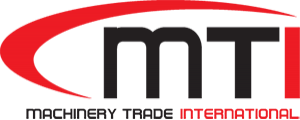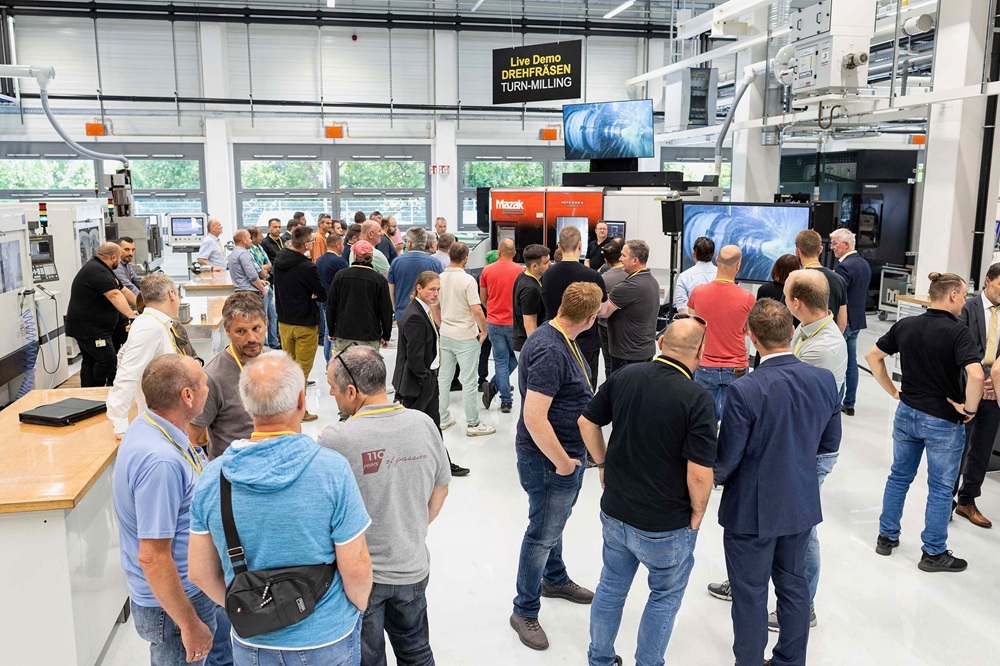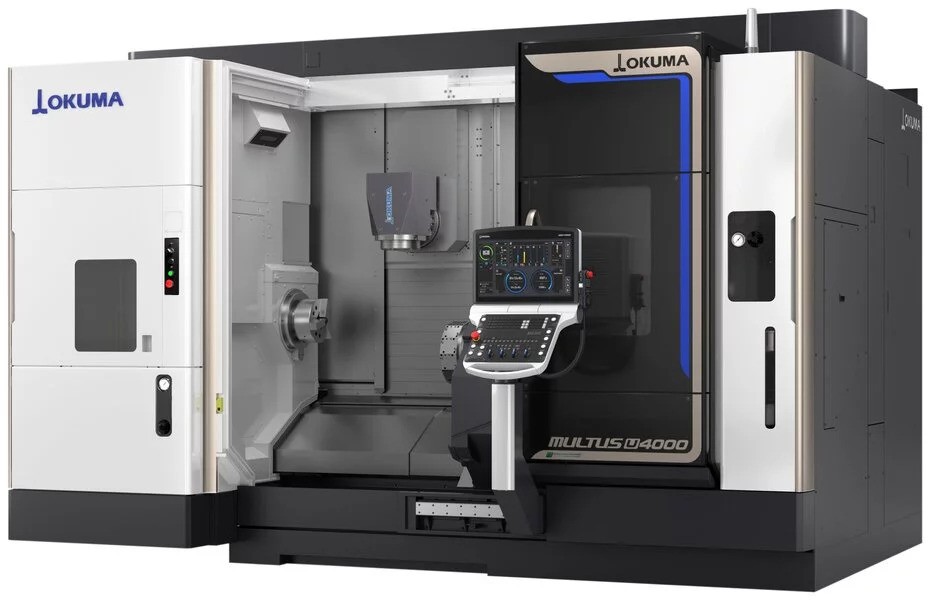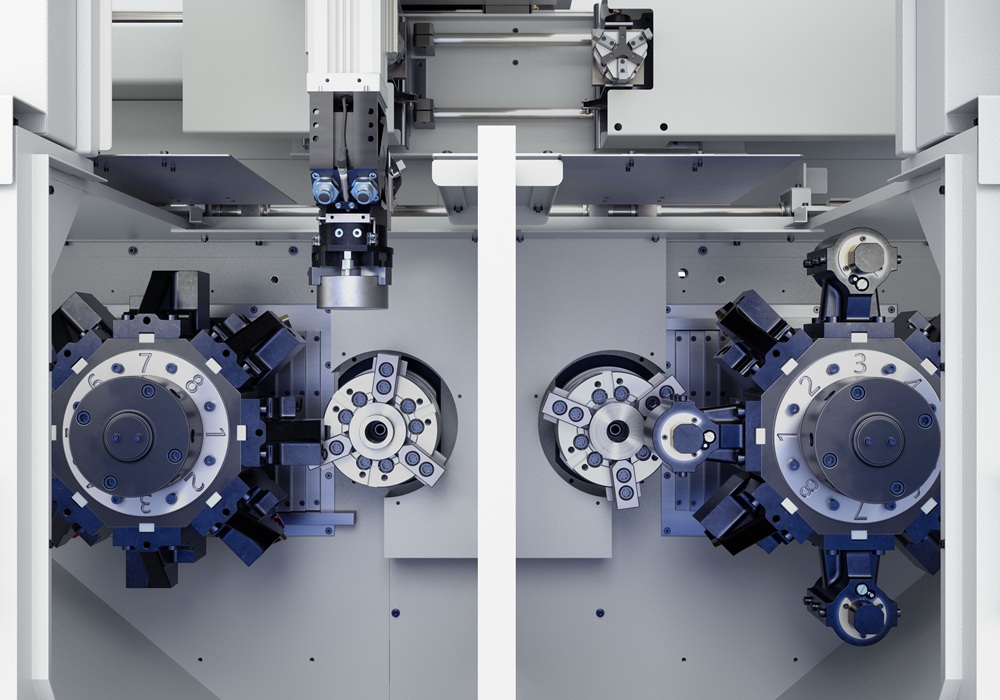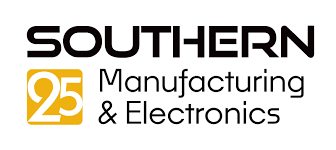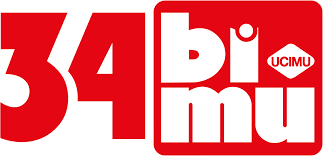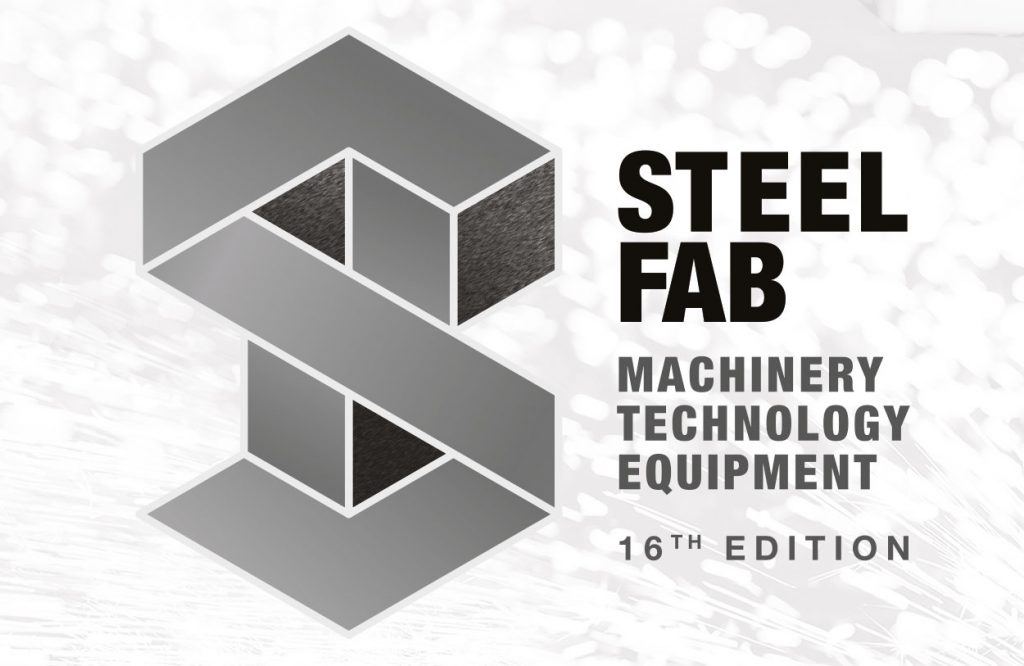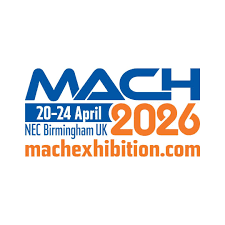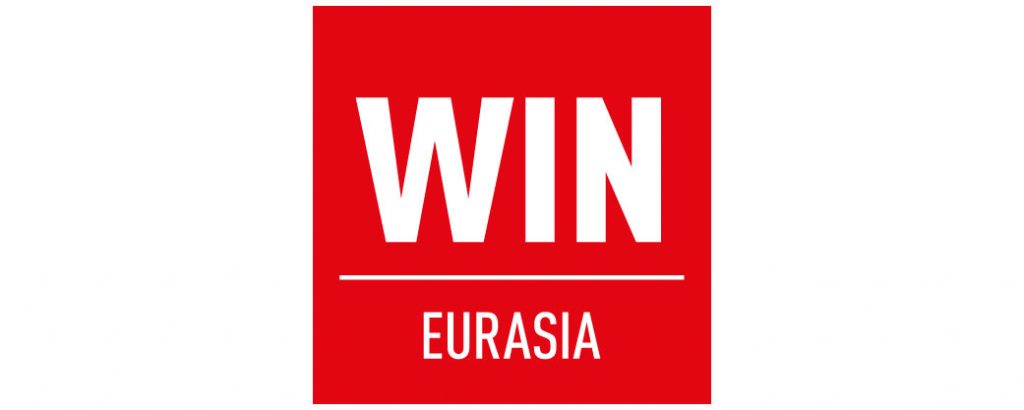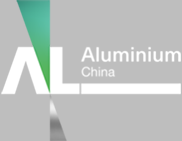Ament plastics GmbH from Wernberg- Köblitz has been producing complex precision components from technical plastics since 2005. Long-standing customers from the automotive, medical and aerospace industries rely on the know-how of the 25-strong team, particularly its expertise in the machining of thermoset plastics. Components made from this material account for a good 70% of day-to-day business. Ament plastics has now purchased a CLX 450 TC from DMG Mori as part of its capacity expansion and process optimisation. Thanks to six-sided complete machining, the company is drastically reducing throughput times, achieving higher quality and increasing its flexibility.
“The CLX 450 TC is a milestone in our production: we now produce on one machine, instead of two machines with several manual re-clampings,” says company founder and CEO Klaus Ament.
Ament plastics relies on modern CNC technologies to machine often complex component geometries. Five-axis simultaneous milling and six-sided turning and milling are now standard. Erik Fleischmann, production manager, believes that complete machining on turn-mill centres is the right way forward: “The original production process involved at least two machines and repeat manual re-clamping. This takes much longer, ties up machine capacity and the accuracy is more variable.”
The investment in a CLX 450 TC was therefore a major milestone. Together with a colleague, Fleischmann was responsible for the acquisition of the turn-mill centre. Good experience with older turn-mill machines from Gildemeister led him to DMG Mori. The choice was between the CTX beta 800 TC and the CLX 450 TC.
“As space is limited, we opted for the smaller model,” he recalls. “Integrating several machining processes into one work area is a good way to expand capacity.”
More information www.dmgmori.com
